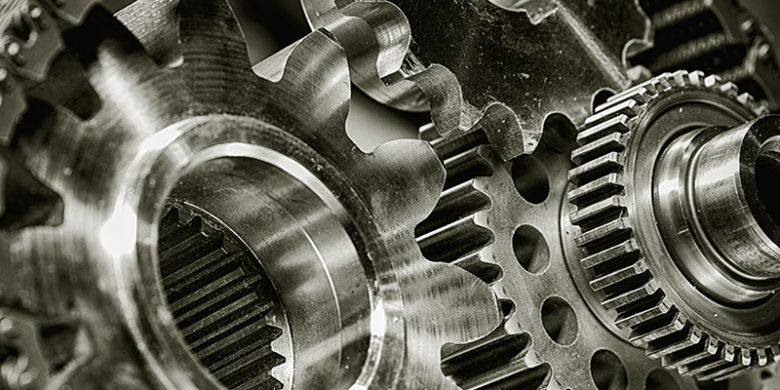In this study, friction and evolution of cohesive failures (cracks and spallations) in CoB/Co2B layers were analyzed. Thermochemical treatment was carried out at 950, 975, and 1000 °C during 6, 8, and 10 h of exposure time, respectively. The characterization techniques include scanning electron microscopy (SEM) for morphology inspection of layers and thickness measurement, X-ray …
In this study, friction and evolution of cohesive failures (cracks and spallations) in CoB/Co2B layers were analyzed. Thermochemical treatment was carried out at 950, 975, and 1000 °C during 6, 8, and 10 h of exposure time, respectively. The characterization techniques include scanning electron microscopy (SEM) for morphology inspection of layers and thickness measurement, X-ray …
Titanium is a highly interesting material in engineering because of its unique combination of high strength to weight ratio, excellent resistance to corrosion, and biocompatibility. However, the material’s low wear resistance, which is its inherent nature, limits its application in highly erosive conditions. In order to enhance the wear resistance of biomedical grade titanium with …
Tribology was formalized by the Jost report. The Jost report formally a report on “Lubrication (Tribology) Education and Research” organized and presented to the UK government 9 March 1966 by Dr. Peter H. Jost. This paper coins the term Tribology and quantifies the saving that can happen when using sound tribological concepts. That is by …
This workshop will provide a basic understanding of the principles of Tribology. Tribology is the study of friction and wear with and without the presence of a lubricant. Although friction and wear are aspects of all industrial mechanical components it is not specifically part of science and engineering curricula. This program will last two and a …

